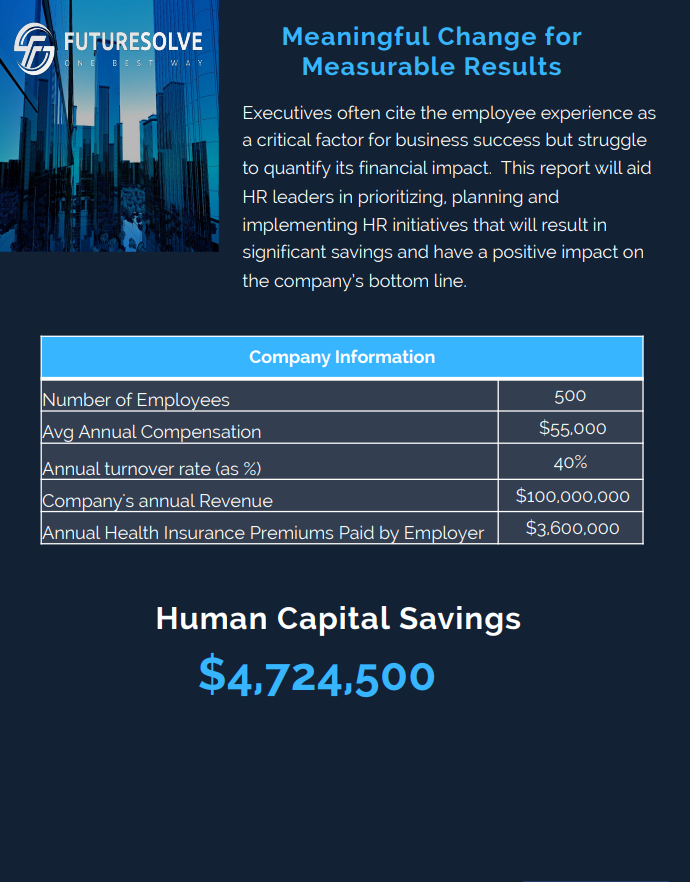The sourcing process can be quite complicated. Moreover, strategic sourcing process serves to be an enterprise-centric process. it requires inputs from all possible teams and departments across the entire organization. Therefore, enterprises should aim at developing a strategic sourcing team that aligns itself with the respective business strategy. It is the responsibility of the sourcing team to leverage available data collected during the strategic sourcing process towards creating as well as executing a strategic sourcing plan.
In organizations, procurement and purchasing managers tend to follow a standard strategic sourcing process. The process helps in achieving the goals set by the organization. Nowadays, the respective goals are defined on the basis of fundamental priorities of the organization. In a highly competitive field, the core priority could be the overall cost. On the other hand, in other industries, it could be maintaining shipping efficiency as well as the speed to market. Depending on the requirement, goals, and priorities, every organization will have a unique sourcing process.
What is the Strategic Sourcing Management Process?
Strategic sourcing can be regarded as the process of procurement that helps in bringing about efficiency across all activities within the procurement cycle. It helps in securing the best possible price of a specific product or service. The primary objectives are saving money and improving the acquisition process, and minimizing the overall risks.
The process of strategic sourcing management is known to focus on the respectively shares gains in the given collaborative relationship. In most cases, strategic partners are on the lookout for new ways for the respective products and services. In turn, they only ask for your commitment to maintaining long-term strategic partnership.
7 Steps for a Successful Strategic Sourcing Management Process
Understand the Spend Category
Before planning anything else, it is recommended to define the sourcing commodity or category clearly. What is the exact type and size of commodity required by the organization? Who are end customers of the respective products or services? What is their location? What types of logistics are being used? Who else gets included in the supply chain?
An effective strategic sourcing process starts with understanding the commodities and categories required by an organization towards achieving its goals. Spend visibility serves to be the ultimate key to gaining this understanding. It is important to store, categorize, analyze, and validate available information.
Supply Market Analysis
It is important to research the price component making up the products or sources as needed by your organization. It is, therefore, important to analyze the costs of essential raw materials along with other core price components that are involved in the given logistics and labor. Enterprises can then leverage the factors to further go through proposed bids from different vendors.
It is recommended to go the extra mile towards doing research about the marketplace to come across potential vendors locally as well as globally in addition to opportunity and risk factors.
Develop the Sourcing Strategy
Selecting where and how to purchase the material while minimizing price and risks is a major challenge for leading procurement managers out there. If you have access to an existing supplier, then you can also consider the option of re-negotiation.
The sourcing strategy that you come up with should be capable of aligning with the goals and requirements of the organization along with relevant resources and capabilities. It is advised that you should ensure the presence of a cross-functional strategy sourcing team involving experts on the given subject matter, end customers, and stakeholders.
Select the Sourcing Process
One of the most common methods in the process of strategic sourcing management is RFP or Request for Proposal. The method is utilized for soliciting bids. It can be preceded by RFI or Request for Information towards pre-qualifying suppliers.
The method of RFP is expected to clearly define and regulate the specifications -including service and delivery requirements, legal terms & conditions, and any other particular requirements. The criteria for internal evaluation should be made at the given moment. In most cases, cloud-based software solutions are used extensively towards facilitating and speeding up the processes of sourcing and contracting.
Negotiation and Suppliers Selection
The process of choosing the right supplier will include executing several rounds of negotiations with the desired and potential suppliers who have been short-listed. The ultimate selection of the desired supplier should be based on some pre-agreed criteria.
The contract should be drafted as well as signed on both sides. Surprisingly, this core step is mostly overlooked. Contract management serves to be more efficient as well as easier to manage with the help of software solutions for automating several parts of the entire process.
Implementation and Integration
Ensuring communication with the suppliers is an important step of effective strategic sourcing management. Once you are done with negotiation, you can now decide the specific supplier you wish to partner with. Ensure that you send out notifications to efficient suppliers who will be involved in the implementation process.
The more complicated your product is, the stronger your partnership and cooperation should be. It is important to integrate suppliers into relevant meetings or discussions during the implementation stage. It will help in ensuring that they remain up-to-date on the latest updates and changes.
Benchmarking
Most people tend to underestimate this step. However, it is a major mistake to avoid the same. It is important to analyze the performance of the suppliers over time. It could begin with benchmarking the ongoing status of the project while continuously monitoring the outcomes and making sure that the goals are being achieved.
When you do so, you are able to identify problems instantly at the time of implementation while notifying the suppliers to address existing issues with minimal business impact.
Benefits of Strategic Management Process
The existing strategic sourcing management process plays a vital role in assisting organizations to meet specific business requirements and goals. Most of the strategic sourcing management processes can effectively automated as well as optimized through efficient cloud-based solutions like FutureSolve.





























